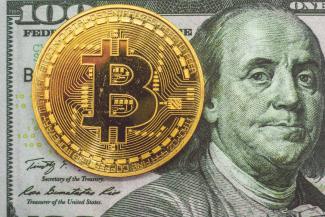
Understanding Bitcoin
About Bitcoin: Prospects, Prospectors, and Portfolio Managers
Jurrien Timmer
Among many portfolio managers, bitcoin seems to be gaining legitimacy as an asset class. But the digital-asset space is rather technical, and the learning curve can be very steep. Getting on board with bitcoin takes serious commitment.
What is Bitcoin?
We can start by asking: What is bitcoin (BTC)?1 Is it an asset class? Should we invest in it? If so, what is bitcoin worth? Is it digital gold—or digital tulip bulbs? For most investors, it comes down to these few questions. Price axiomatically resides at the intersection of supply and demand, and as I see it, bitcoin has both a unique supply and a unique demand dimension. Let’s start with the former.
A Scarce Asset
The first so-called cryptocurrency—bitcoin—emerged in 2009, the brainchild of a mysterious individual (or group) using the name Satoshi Nakamoto. One of bitcoin’s key features was a built-in scarcity factor: Total supply is limited to no more than 21 million bitcoins, and as more get mined (computationally created), the incentive to mine more goes down. Miners (electronic auditors) receive a reward—fresh bitcoins—for each new block of ledger data generated, accepted, and added to the chain of bitcoin transactions. This reward undergoes a “halving” every 210,000 blocks, or roughly every four years (Exhibit 1). As of May 2020, the reward was down to 6.25 bitcoins (roughly $200,000 as of this writing, but the bitcoin price is nothing if not volatile). This creates an asymptotic supply curve and, therefore, scarcity. Today, about 18.6 million of the total 21 million bitcoins have been created, but it still will take many more years (120, give or take) before the mines are depleted.
Click the PDF below to continue read about bitcoin!


